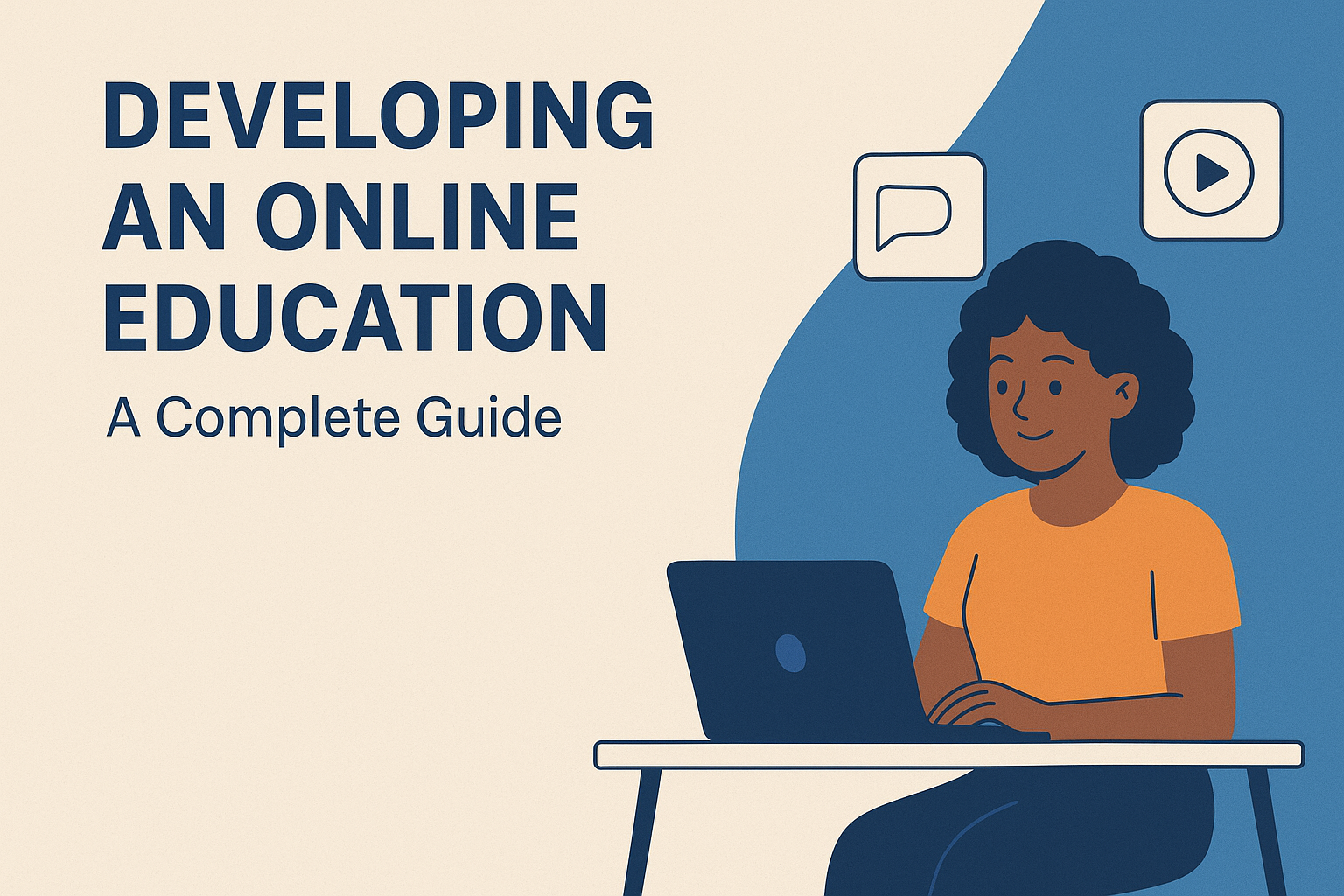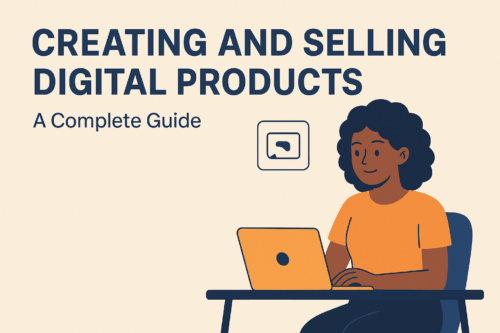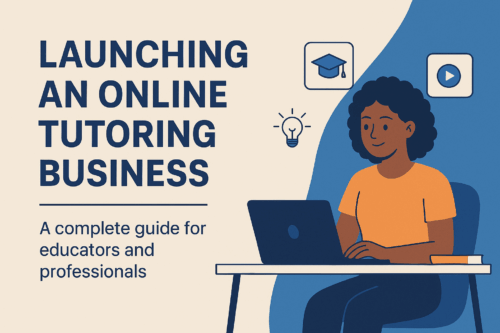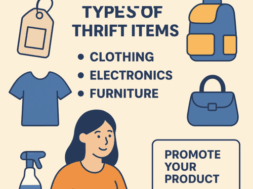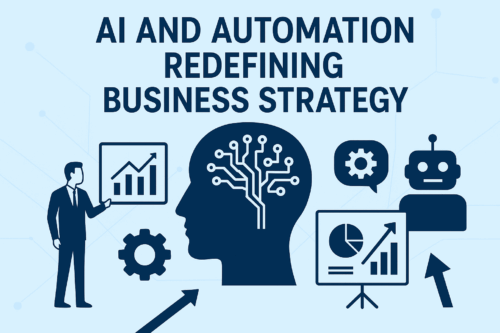Digital Products: A Complete Guide to Building a Profitable Online Business
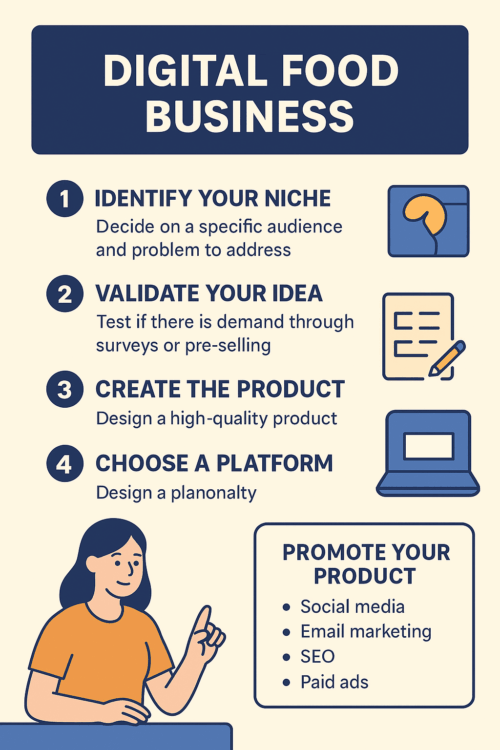
Digital Products
Digital products have transformed the way entrepreneurs and creators build businesses online. Unlike physical goods, they exist in digital form and can be sold repeatedly without restocking. Examples include eBooks, templates, guides, online courses, stock photos, design assets, and software. With rising global internet access and a growing digital economy, selling digital products has become one of the fastest-growing online business models in 2025.
Why Digital Products Are Profitable
One of the biggest advantages of digital products is their low startup cost. Once created, they can be distributed worldwide with no shipping fees, warehouses, or inventory management. They are also scalable, allowing creators to reach a global audience. For entrepreneurs, this means generating passive income, building brand authority, and tapping into new revenue streams with minimal overhead.
Types of Digital Products
Educational Content
- eBooks, guides, and online courses help learners gain knowledge.
- Popular for niches like business, self-development, and technology.
Productivity Tools
- Templates, planners, spreadsheets, and Notion dashboards.
- In-demand by professionals, students, and businesses.
Creative Assets
- Stock photos, design elements, audio files, and video templates.
- Perfect for designers, content creators, and marketers.
Software & Apps
- Mobile apps, plugins, and SaaS tools.
- Offer recurring revenue through subscriptions.
How to Create High-Quality Digital Products
Tools and Platforms
- Use Canva, Adobe InDesign, or Microsoft Word for eBooks.
- Create templates with Google Docs, Notion, or Excel.
- Design creative assets using Adobe Suite, Figma, or Procreate.
Design and Value Tips
- Focus on clarity, usability, and unique value.
- Make your product easy to use and visually appealing.
- Always solve a specific problem for your target audience.
Where to Sell Digital Products Online
Marketplaces
- Etsy, Gumroad, Creative Market, Amazon KDP offer ready audiences.
Self-Hosted Platforms
- Shopify, WooCommerce, Payhip let you control branding and pricing.
Specialized Options
- Platforms like Teachable or Kajabi are great for selling courses.
Marketing Strategies for Digital Products
Organic Promotion
- Use SEO, blogging, and YouTube to build organic traffic.
- Share free samples to attract leads.
Paid Advertising
- Run Facebook Ads, Instagram Ads, and Google Ads targeting niche audiences.
Community Engagement
- Leverage social media, newsletters, and influencer partnerships.
- Build customer trust through reviews and testimonials.
Pricing for Profitability
Models and Strategies
- One-time purchase: Great for eBooks and templates.
- Subscription model: Best for software, courses, or memberships.
- Bundles and discounts: Encourage higher sales volume.
Balancing Price and Value
- Research competitors’ pricing.
- Test pricing tiers to find the sweet spot between affordability and profit.
Common Mistakes to Avoid
Many new entrepreneurs fail by making avoidable mistakes, such as:
- Selling low-quality content without clear value.
- Ignoring copyright and licensing rules.
- Poor branding and marketing that fail to reach customers.
- Not researching what their audience actually needs.
Future Trends in Digital Products
AI and Personalization
AI will help creators develop more personalized and interactive digital content.
Subscription Economy
Customers prefer recurring access to premium resources instead of one-time purchases.
Mobile-First Learning
With more users on smartphones, products will focus on mobile usability.
Creator Economy Growth
Freelancers and solopreneurs will continue to thrive in selling digital downloads and niche content.
You can also read on: https://baobabentrepreneur.com/mobile-food-business-a-complete-guide-to-success-in-2025/
Step-by-Step Guide to Starting a Digital Product Business
1. Identify Your Niche
Your digital product must target a specific audience problem. For example:
- Fitness coaches can create meal plans and workout guides.
- Designers can sell branding templates.
- Writers can publish self-help eBooks.
Start with market research to confirm demand. Use tools like Google Trends, SEMrush, or social media polls.
2. Validate Your Idea
Before creating, test if people are willing to pay. You can:
- Launch a free sample and track downloads.
- Run a survey asking your audience what they need most.
- Pre-sell your product at a discount to early adopters.
3. Create the Product
- Focus on quality and usability.
- Add visual appeal with professional design.
- Ensure your product solves a clear pain point.
4. Choose a Selling Platform
- Beginners: Etsy, Gumroad, Payhip (low setup, easy traffic).
- Businesses: Shopify or WooCommerce (branding control).
- Course creators: Teachable, Kajabi, or Thinkific.
5. Launch and Market Your Product
- Use email marketing to build a loyal customer base.
- Share teasers and sneak peeks on Instagram and TikTok.
- Collaborate with influencers in your niche.
Case Study: How Entrepreneurs Succeed with Digital Products
- Example 1: eBook Seller – A freelancer creates eBooks on remote work strategies and sells them on Gumroad, generating passive income every month.
- Example 2: Template Designer – A graphic designer sells Instagram templates on Etsy, tapping into the creator economy.
- Example 3: Online Course Instructor – A teacher builds a language learning course on Teachable, reaching students worldwide.
These success stories prove that any skill or knowledge can be turned into a digital product with the right strategy.
Extra Tips for Long-Term Success
Build a Brand, Not Just Products
- Create a consistent visual identity (logo, colors, tone).
- Engage your audience on social platforms regularly.
Leverage Customer Feedback
- Encourage reviews and ratings.
- Use feedback to improve or update your products.
Diversify Your Product Line
- Start with one product, then expand.
- Example: If you sell planners, later add habit trackers, journals, or bundles.
Automate and Scale
- Use email automation tools (Mailchimp, ConvertKit).
- Implement affiliate programs to expand reach.
- Scale by creating a library of products instead of relying on just one.
Final Thoughts
The digital product business is one of the most accessible and profitable opportunities in today’s digital economy. Whether you’re a freelancer, small business owner, or aspiring entrepreneur, you can turn your knowledge, skills, and creativity into products that sell globally.
By focusing on value creation, smart marketing, and sustainable strategies, you can build not just a side hustle—but a long-term online business.
Conclusion: Building a Sustainable Digital Business
Digital products are shaping the future of online entrepreneurship. With low costs, high scalability, and global reach, they provide opportunities for creators, solopreneurs, and small businesses alike. By choosing the right niche, creating valuable products, and applying smart marketing strategies, anyone can build a profitable and sustainable digital business in 2025 and beyond.
